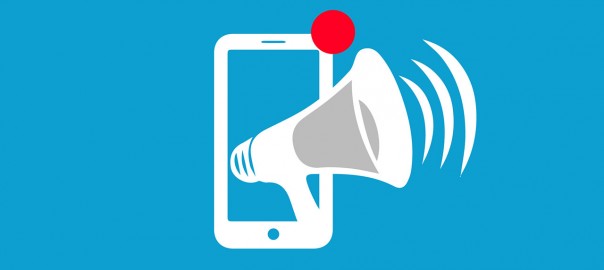Push notifications, that magical tool that lets us speak to users even when our app is not being used. This tool started as a way to notify users when our app required an update, and it gradually extended to pushing information about new content and marketing offers. Many successful apps are critically hinged on push notifications; like your favorite messenger and email app. But in the process push notifications have also become notorious for their tendency to be a nuisance.
While designing notifications for our app, a small analogy exercise can be undertaken to analyze their efficiency and also understand this tool’s overall evolution.
What do you get when you cross Jeeves with haiku?
Imagine the entire push notification service as our user’s personal attendant. And this attendant serves the user, his master, timely and relevant information in an ultra concise manner (hence haiku). Based on this guideline we need to design and test our notifications’ significance.
But keep in mind that the attendant does not represent only our app alone, but all the apps on the user’s device. The Notification Center is the attendant. And an experienced attendant is able to identify what information his master needs to know immediately or otherwise. This sense of discernment is what we need to apply to our app’s notifications (and ours alone).
If our notifications are too frequent or irrelevant, the user will promptly disable them or uninstall our app altogether. This line is often crossed by advertising, promotions, or direct marketing related notifications. This is why Apple discourages using push notifications for such purposes.
Attending to users, better.
Returning to our imagined scenario, we so far have an attendant who is an informer. But real-life attendants also serve to carry out orders based on the information they’ve just provided to us.
A basic push-notification is like an attendant who informs us that a letter has arrived, thereafter we need to ourselves go to the post-office, draft a letter, have it posted, and return back home (i.e. launch app, compose/reply, send, exit). Instead, why can’t we just inform the attendant of our reply and have him go and deliver our letter? That is exactly why actionable notifications came into being. We now can identify for which notifications our app can take external input.
Your wish is my command.
Let’s take this up by another notch now. An experienced attendant not only informs and takes orders, but also continuously learns his master’s preferences. The attendant may learn that letters from a specific person are more important to his master than those from others. Informing about these letters hence would gain precedence. Our app notifications can be designed to learn the user’s preferences in the same manner, so as to always deliver value to every individual user. This is the path charted currently by Google Now.
But amid all this excitement, let us not forget that sometimes even the best attendant gets it wrong. And unfortunately only the master decides when such an instance has occurred. In such a case, if the attendant is deemed valuable, the master simply corrects the attendant by outlining what is required and what is not. The attendant keeps these instructions in mind and acts accordingly in the future.
The above calls for the ability of a user to customize notifications. From making minor tweaks to completely disabling notifications, all options must be given. Google Now’s integration of third-party apps is greatly upgrading this functionality. And we can look forward to other platforms following suite.
Just call my name…
As we continue to imagine the interaction of an attendant with his master, we can further predict the evolution of the ‘simple’ push-notification tool.
The smartwatch seems to be a comfortable place to reckon this attendant. With all the promising smartwatches being launched in 2015, users may actually live their childhood ‘Johnny Sokko’-like roleplays.
And soon we can visualize apps working in unity, and each app being a building block for each user’s very own Jeeves, Jarvis, or Humphrey Appleby. And an analysis of these three personalities will lead us to the stark question – “Who is the master?”









